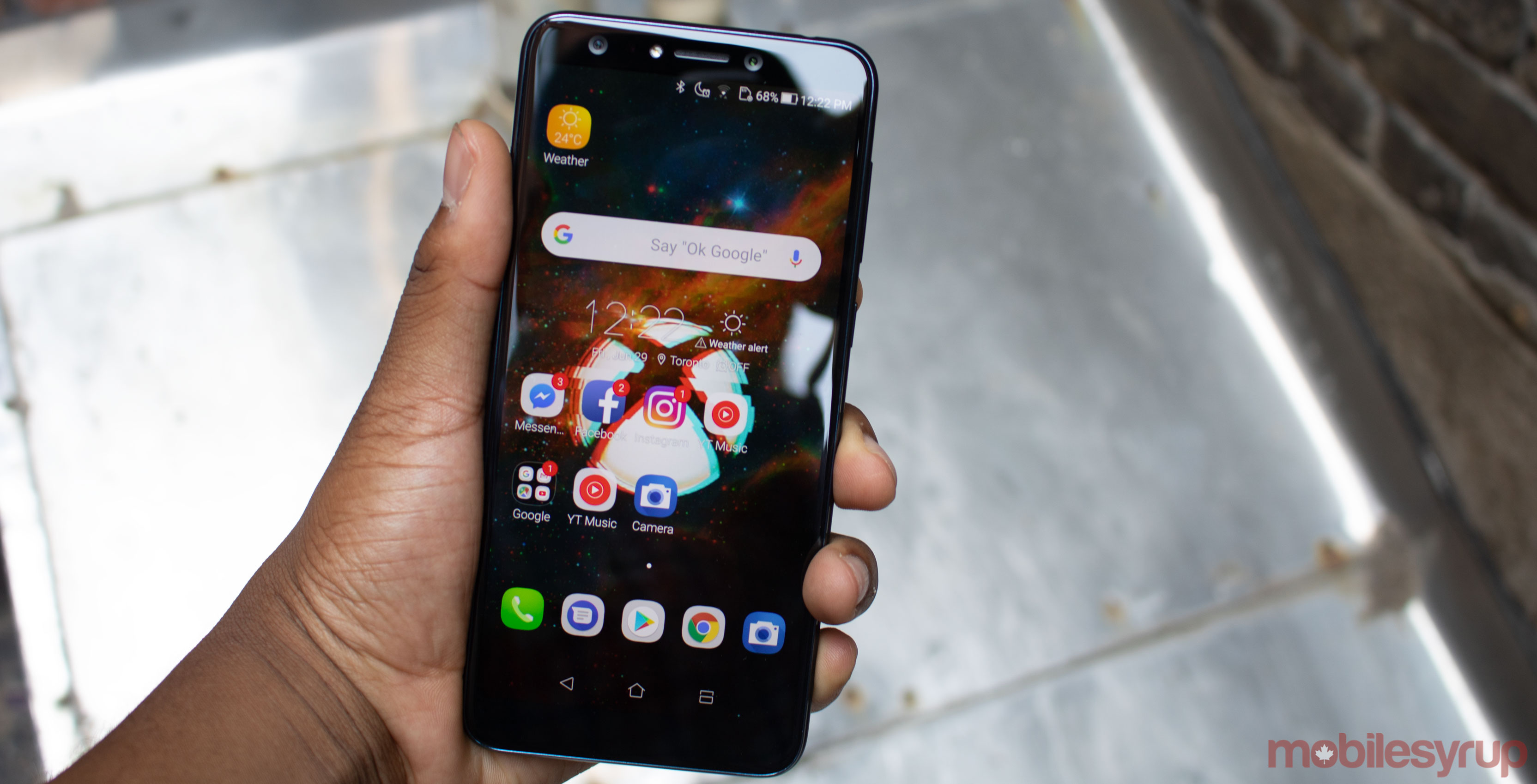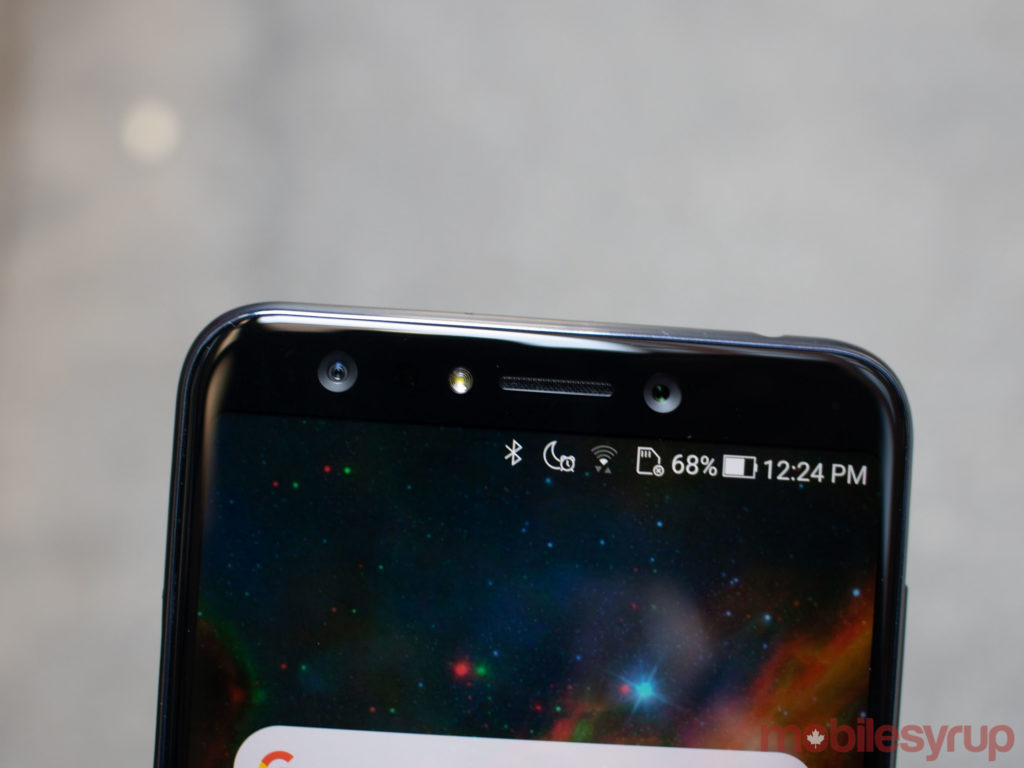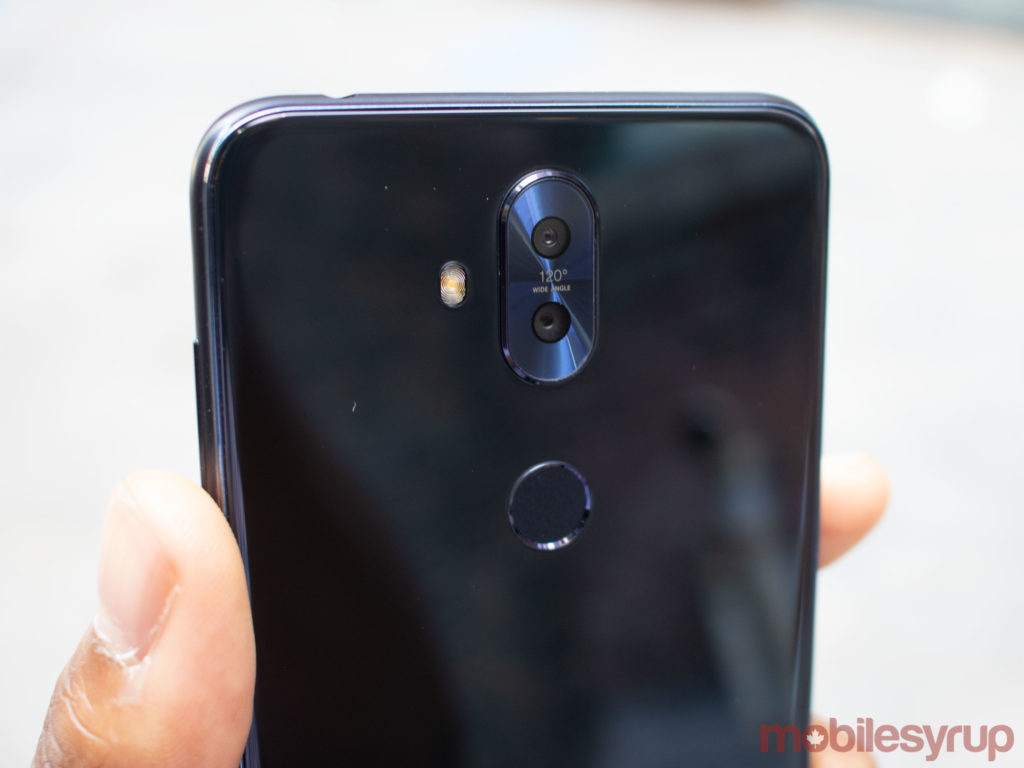
Asus’ upcoming Zenfone 5Q is midrange smartphone looks like a flagship out of 2017. It’s interesting to see Asus take such an approach with a flagship smartphone that may not get too much attention.
While the phone looks like a 2017 flagship, it features far from 2017 flagship specs, however, expect it to fit in perfectly among the other midrange smartphones in the industry.

The phone features a Snapdragon 630 chipset and a 6.0-inch display with a 1080 x 2160 pixel IPS LCD panel. It also has 64GB of internal storage and up to 4GB of RAM.
Here’s a rundown of five features that make the ZenFone 5Q (also known as the ZenFone 5 Lite in some areas) stand out.
Four Cameras
The Asus ZenFone 5Q features four cameras. Similar to the HTC U12+, the ZenFone 5Q sports a dual front-facing and rear-facing camera setup. The front camera features two 20-megapixel sensors, one with a f/2.0 aperture lens and the other with a 120-degree wide-view lens. The rear camera features two 16-megapixel sensors, one with a f/2.2 aperture lens and a 120-degree wide-view lens.
In average lighting, the rear-facing shooter works well. Like other midrange smartphones on the market, the camera tends to over-sharpen pictures in order to make them look more detailed. However, instead of looking more detailed, photos taken with 5Q look over-processed. This was more noticeable with the 120-degree wide angle lens.

The selfie shooters tend to overexpose highlights making the picture brighter than necessary. However, the over-sharpening that’s apparent with photos taken with the main camera isn’t apparent with photos shot with the front camera.
There’s also a front-facing LED flash, a feature not often seen on smartphones.
Asus ZenUI 5.0 part 1
While ZenUI 5.0 is not a pure Android experience, it’s a surprisingly good experience.
While it comes stocked with Asus’ own bloatware, it also features one piece of awesome functionality that’s not available with many other Android skins.
ZenUI 5.0 lets users completely disable and then hide Asus’ own apps. While this functionality doesn’t actually get rid of the app, it’s a welcome addition. All users have to do to get ride of the app is drag it from the app drawer towards the top and instead of the ‘Uninstall’ option there will be a ‘Disable’ option, which hides the app. While not completely unique the feature to hide apps, the ability to both disable and hide an app in the same move is quite alluring. Further, Asus makes it very easy.

Another ZenUI feature that I enjoyed was its ability to hide notifications on the lock screen until the phone detects the user’s face. This is a feature that both the iPhone X and the Huawei P20 Pro include, but that even other devices with Face Unlock, such as the HTC U12+, do not have. The issue with this feature, however, is that when you open the handset, it’ll clear your notifications. On the Huawei P20 Pro, on the other hand, your notifications will still be there after opening the device.
Hopefully Asus fixes this issue with a software update.
Micro USB
The Asus ZenFone 5Q lacks a USB Type-C port and instead has a Micro-USB port. This is definitely a con. Nowadays all the smartphones I use feature a USB-C port, so it’s odd to have to go back to Micro-USB. It also became frustrating when I forgot the ZenFone 5Q charger at work and didn’t have a way to easily the device — luckily Google Home Mini also uses a Micro-USB charger.

However, the lack of a USB Type-C port guarantees the 5Q comes with a 3.5mm headphone jack, which is a bonus — though Asus could have simply added both a USB Type-C port and a 3.5mm headphone jack like it did with the ZenFone 5Z.
Odd to hold
The Asus ZenFone 5Q is not the best smartphone to hold. Smaller hands will find the phone too wide, making it difficult to type with one hand.

The handset features a dimension of 160.6 x 76.2 x 7.8 mm. The phone doesn’t have a unibody design, so where the glass and aluminum frame meet feels slightly sharp.
Overall experience
The ZenFone 5Q was far from a disappointment. I was able to perform all my usual tasks and the phone lasted me a bit more than 15 hours per day, including a couple of hours of music listening. Its screen is big, but not too bright, which is expected from a midrange device with an IPS LCD panel.
Its UI was fun to use and wasn’t problematic in any particular way. It also provided more freedom than Huawei, HTC and even Samsung’s user experience, coming much closer to the minimal stock Android experience.

Having the Google app open with the swipe to the right, similar to the Pixel handsets, gave more of a pure Android experience. The phone was awkward to hold, but it wasn’t too big of an issue and Asus provides a case in the box which definitely helps out a lot. Those with smaller hands, however, will have to use two hands to text or type.
Overall, the Asus ZenFone 5Q makes me excited for the Asus ZenFone 5Z, the company’s flagship offering. It should have the clean Asus ZenUI interface with the added bonus of Snapdragon 845 and a notch.
[Update:03/07/2018] The Asus ZenFone 5Q is available at both Memory Express and NewEgg for $449 CAD. We’ve asked Asus for further details about availability and pricing.


